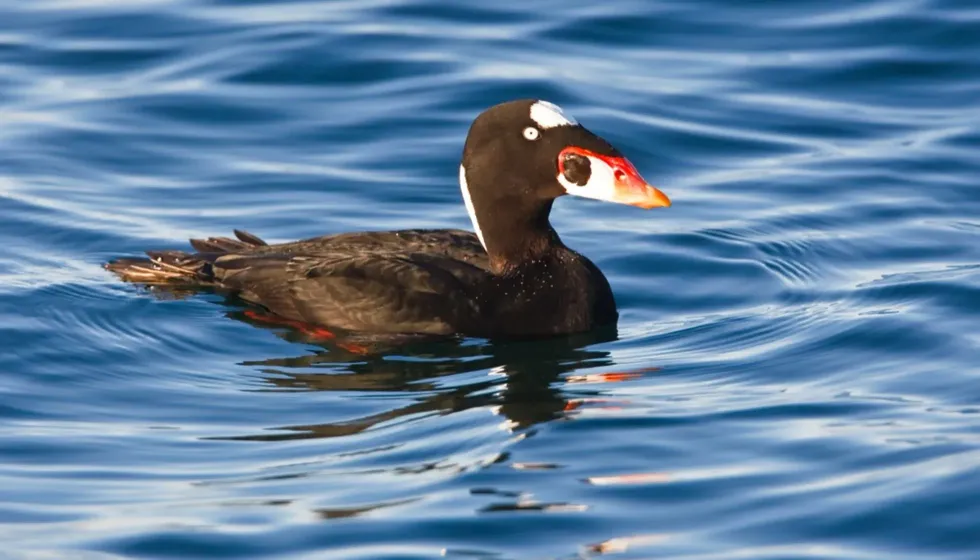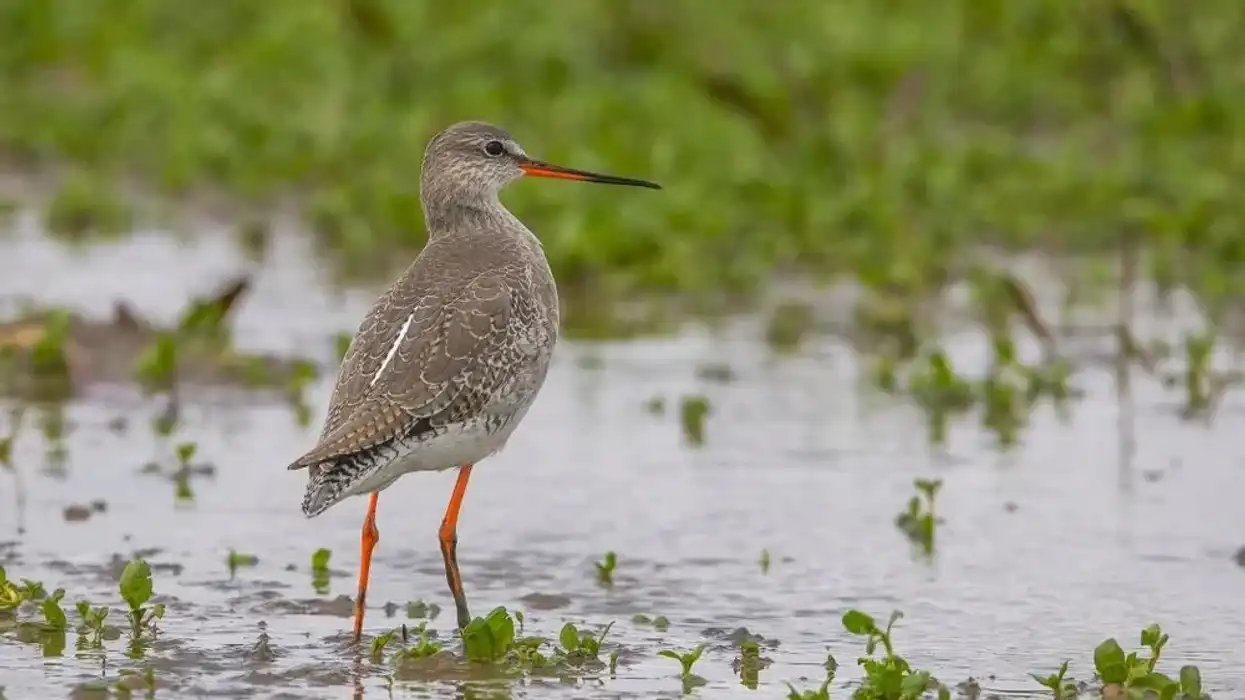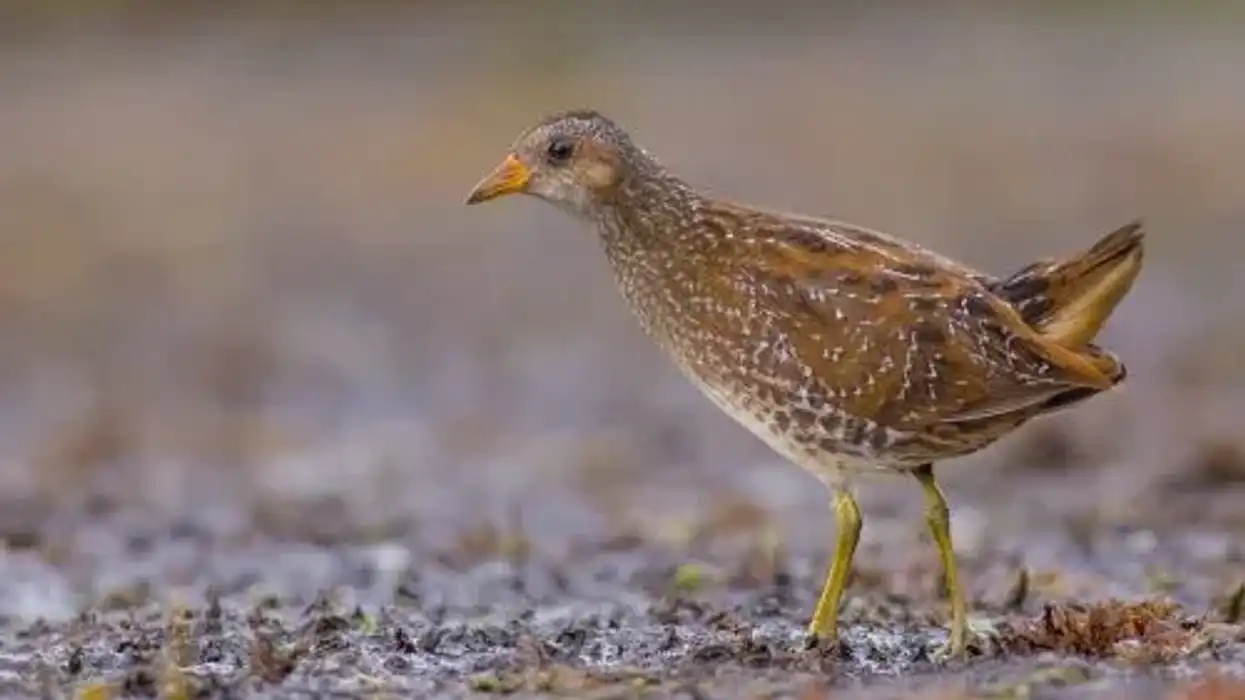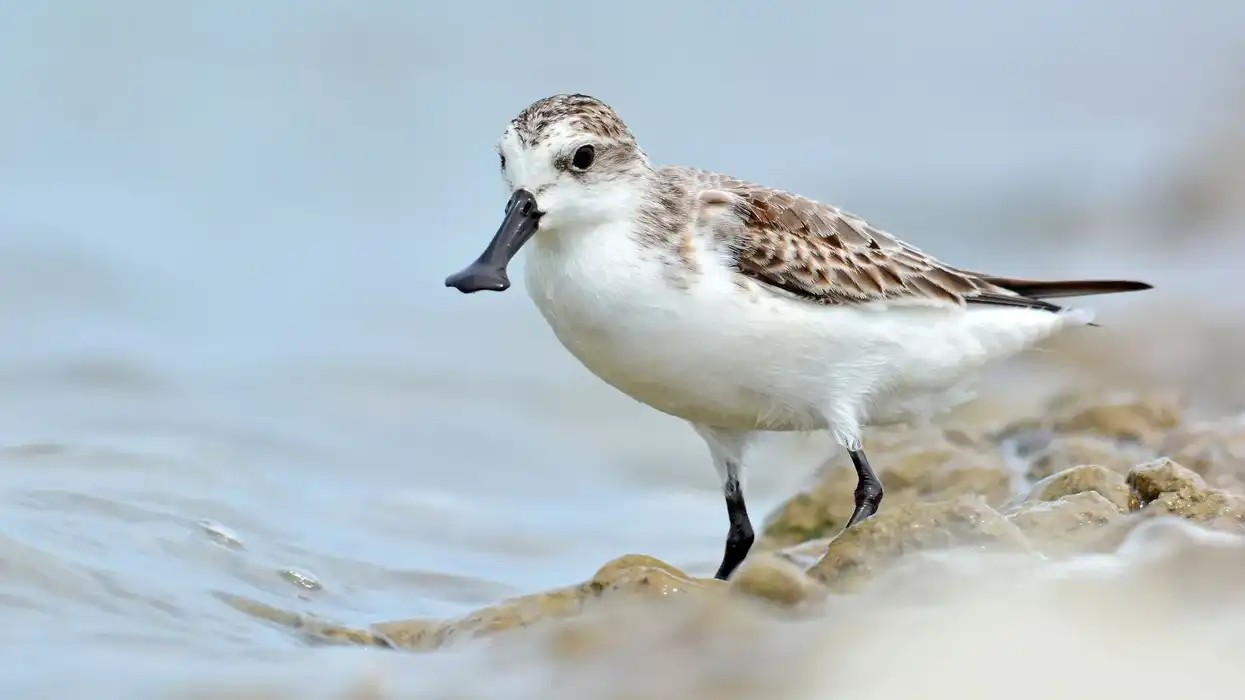Scoters, of the genus Melanitta, also called sea coots, are a species of sea duck of the family Anatidae. They belong to diving ducks.
Like the diving scoter, surf scoters are also excellent divers and usually rest on the surface of the water. They only dive for their prey. The migratory diving sea duck called surf scoters are found in mixed flocks in the ocean coastal areas of North America.
Surf scoters are also given the nickname skunk duck because of the black and white pattern on the head of the adult male. They are good swimmers and are always near marine ranges, except for the breeding season of the bird species when they stay in the land.
These birds of North America breeds exclusively in North America, which is different from most other North American sea ducks. The surf scoters then take different migration routes and spend the winter in temperate zones.
The main cause of mortality in these ducks is parasitic diseases. Like most of the species of scoter, surf scoters are killed by other big birds.
Surf scoter (Melanitta perspicillata) has two similar species attached to them, white-winged scoters and black scoters. There are five species associated with the genus Melanitta.
There is almost double the population of birds than humans in the world. Read some interesting facts about blue and yellow macaws and great frigatebirds only on the Kidadl website.
Surf Scoter Interesting Facts
What type of animal is surf scoter?
Surf scoters are a type of sea ducks found in North American states.
What class of animal does a surf scoter belong to?
Surf scoter (Melanitta perspicillata) belongs to the class of Aves in the Animalia Kingdom.
Part of the genus Melanitta, the closest to the surf scoters is white-winged scoter and velvet scoter. These are sister taxa to the ducks with patches we are discussing today.
How many surf scoters are there in the world?
These North American birds are found aplenty in their range of habitats and lakes.
It is estimated that the population of this bird species ranges from 250,000 to 1,300,000 individuals.
Where do surf scoters live?
These birds are native to North America. They breed mostly in Northern Canada and Alaska. A small population of the bird is found to winter in western Europe to the British Isles.
Maximum numbers of the birds winter in Pacific and Atlantic coasts of North America. The wintering regions include regions from Alaska south to California and from Newfoundland south to Florida. The wintering region extends over 3106.85 miles (5000 km) from the Aleutian Islands to Baja California Peninsula.
The conservation of the surf scoters is carried out in all the habitats across North America.
What is a surf scoter's habitat?
The habitat of the birds includes breeding in the boreal forest near northern freshwater lakes. The nest of the bird has been very scarcely found to date but they are usually found to be nesting near spruce cover, upland to wetland areas.
The molting of the wings before migration is done in molting regions which is different than the winter regions and the nesting areas. These molting areas are usually located in bays, inlets, and estuaries. The winter areas are marine habitats near the coastal regions.
In summer, during breeding, the birds are found near fresh Arctic lakes and tundra. Breeding and nesting habitats also include slow-moving lakes and rivers in northern areas, semi-open terrain, or on the open tundra. Sometimes the winter range of the bird also includes the Great Lakes.
Who do surf scoters live with?
The bird is often found in small and large mixed flocks all over the world. They are also found in flocks of surf scoters and seen in synchronization most of the time.
How long does a surf scoter live?
Surf scoters are known to live for up to 10 years in the wild. The oldest recorded male was 11 years, seven months old.
How do they reproduce?
Pairs usually form on winter grounds, before reaching the breeding grounds. Several males surround a female to start courtship. They show short display flight maneuvers, swimming back and forth in the ocean as courtship methods.
Nest sites are away from the water, hidden under grass or tree branches. The female takes the responsibility to build the nest in mid-May to early June. The nest built by the female is bowl-shaped and they line it with nearby ground debris and down.
Between five and nine eggs are laid and incubated by the female only. The incubation period is 28-30 days.
The mother tends to the young, but the young feed themselves. The males do not take much part in the events. The mother leaves the young before they reach the flight age of 55 days.
What is their conservation status?
The surf scoter (Melanitta perspicillata) is categorized as least concern by the IUCN Red List because of its large range of habitat and extended population. The population has been decreasing in recent times, but not at an alarming rate.
Habitat loss and hunting have been the causes of this reduction of the population of the scoter- surf scoter more than others. The conservation of the species is carried out by many organizations. Hunting of these sea ducks has also been restricted to aid the conservation of the surf scoters.
Surf Scoter Fun Facts
What do surf scoters look like?

The male is dark black in color and has white patches on his forehead and nape. The bill looks swollen from a distance with orange coloration but is actually patterned with white, red, and yellow with shades of orange. They also have a black spot near the base.
The bill of the female is greenish-black. They have a dark crown and a dusky brown body. The wings are also dark with no patterns on the feathers.
The black and white coloration on the head has given them the name skunk-headed coot.
A similar species to surf scoters (Melanitta perspicillata) are black scoters and white-winged scoters. The black scoter has an all-black body and the bill is black and thinner with a yellow-orange knob.
The female species have a dark cap with whitish cheeks without white patches. Like the surf scoter, the female white-winged scoter has white patches on her face. They have a larger white wing patch and a sloping forehead.
The male of the species has a red, orange, and white bill with a black knob and a drop of white near the eye. They have distinct white wing patches.
How cute are they?
They are considered pretty beautiful and cute.
How do they communicate?
Although the birds are mostly silent, they are known to communicate by different types of calls.
How big is a surf scoter?
The length of the birds ranges from 17-19 in (44-48 cm). Their wingspan range from 29.9-30.3 in (76-77 cm). The Muscovy duck is the largest duck species found in North America.
How fast can a surf scoter fly?
The speed of the bird is not known. Common scoters can reach speeds of 52 mph (83.69 kph).
The flight of the surf scoters can be recognized by straight-line formations with rapid wing beats.
How much does a surf scoter weigh?
These birds of North America have a weight that ranges from 2-2.3 lb (0.9-1.05 kg).
What are the male and female names of the species?
Male and female sexes are not given different names.
What would you call a baby surf scoter?
They are called young or chicks.
What do they eat?
The diet of the surf scoters includes mollusks. They also feed on crustaceans, insects, fish, worms, freshwater invertebrates, pondweeds, and sedges. The young are fed only insects after birth.
The main predators of the surf scoters in the wild marine regions are bald eagles, golden eagles, and mustelids (weasels, otters, badgers, minks, etc). They also plunder the nest for eggs, mostly during the molting of the wings.
Are they dangerous?
They are not dangerous at all.
Would they make a good pet?
These birds should not be considered pets. They are migratory birds that need their natural wild habitat to thrive.
Did you know...
They are not considered rare but their population has been decreasing for a few years. They are abundant from October to April along the entire Californian coast. In summers, they are seen less in human settlement areas.
Surf scoters are hunted and eaten in some parts of the world.
How deep can a surf scoter dive?
When the bird is feeding, they spring forward and dive with their wings half-open. They only dive in waters that have a maximum depth of 360 in (914.4 cm). They are usually seen diving through wave crests when they forage in the areas of breaking waves.
Do surf scoters migrate?
Surf scoters are called molt migrants. After nesting, the migration of the birds starts by them flying to an area where they molt their feathers. After regaining their wing feathers, they continue to their wintering range.
Here at Kidadl, we have carefully created lots of interesting family-friendly animal facts for everyone to discover! Learn more about some other birds including great gray owl facts or frigate facts.
You can even occupy yourself at home by coloring in one of our free printable surf scoter coloring pages.









